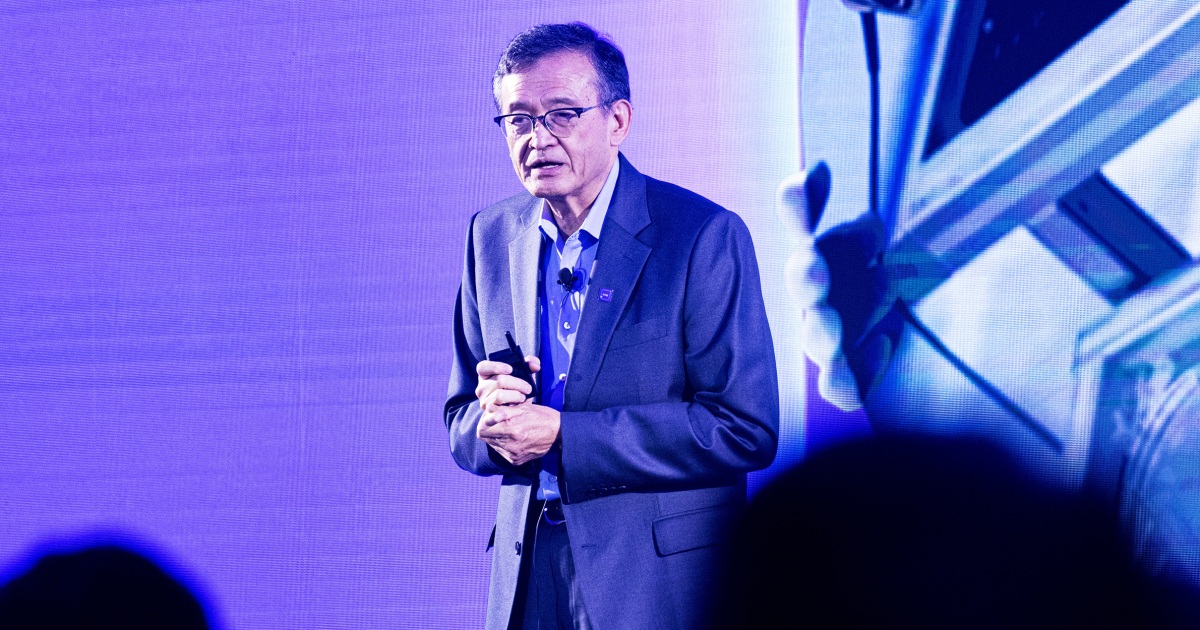Intel's CEO Clash with Board: An Inside Look

Introduction
The ongoing conflict between Intel's CEO, Lip-Bu Tan, and the company's board has recently been brought to public attention by President Trump's criticism towards the tech giant.
Key Details
The clash between Tan and the board has been ongoing for months, with different approaches on how to revive the struggling company. While Tan has been focusing on expanding Intel's presence in the AI and autonomous vehicle markets, the board has been pushing for a more conservative approach.
This disagreement has led to a stagnant stock price and a decline in market share for Intel, causing concerns among investors and stakeholders.
Impact
The public feud between Tan and the board has not only damaged Intel's reputation, but it has also raised questions about the company's future direction and leadership. As the tech industry becomes increasingly competitive, it is crucial for Intel to have a united front in order to stay ahead of the game.
Furthermore, this conflict has also highlighted the importance of strong communication and alignment between a company's CEO and board, as a lack thereof can have serious consequences.
About the Organizations Mentioned
Intel
Intel Corporation is a leading American multinational technology company specializing in the design and manufacture of advanced semiconductors that power computing devices globally. Founded in 1968, Intel pioneered the development of microprocessors, becoming the dominant supplier of x86-based processors for PCs, servers, and other computing platforms. The company is known for its continuous innovation in semiconductor technology and its role in shaping the modern computing landscape. Intel's recent technological advancements include the launch of the Intel® Core™ Ultra series 3 processors (code-named Panther Lake) and Intel® Xeon® 6+ processors (Clearwater Forest), both built on the cutting-edge Intel 18A semiconductor node—currently the most advanced manufacturing node in the United States. These products are manufactured at Intel’s state-of-the-art Fab 52 facility in Chandler, Arizona, showcasing Intel's commitment to domestic production and technological leadership[1]. In the face of intense competition from rivals such as AMD and the architectural shifts exemplified by Apple’s move to its own silicon, Intel has been undergoing significant restructuring. This includes workforce reductions by approximately 15%, aiming to streamline operations, improve efficiency, and focus on core growth areas like AI and data centers. Financially, Intel reported solid demand and revenue resilience, with Q2 2025 revenue reaching $12.9 billion, exceeding guidance despite challenges from one-time costs and impairments[3][5]. The company is also enhancing its foundry business and AI roadmap to strengthen its competitive position and long-term shareholder value[3]. Intel’s strategic partnerships, including a $5 billion investment by Nvidia to jointly develop CPUs, and talks of adding AMD as a foundry customer, highlight its adaptive approach to industry dynamics[6]. Despite recent challenges and market shifts, Intel remains a crucial player in the semiconductor industry, advancing AI-enabled platforms and maintaining a significant impact on the global technology ecosystem[1][6].








